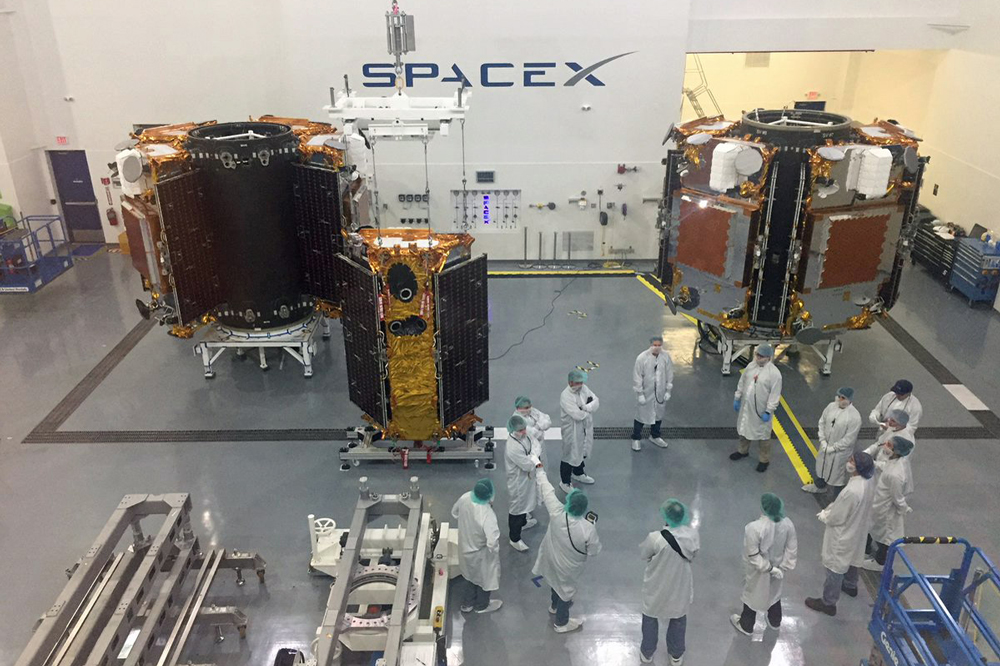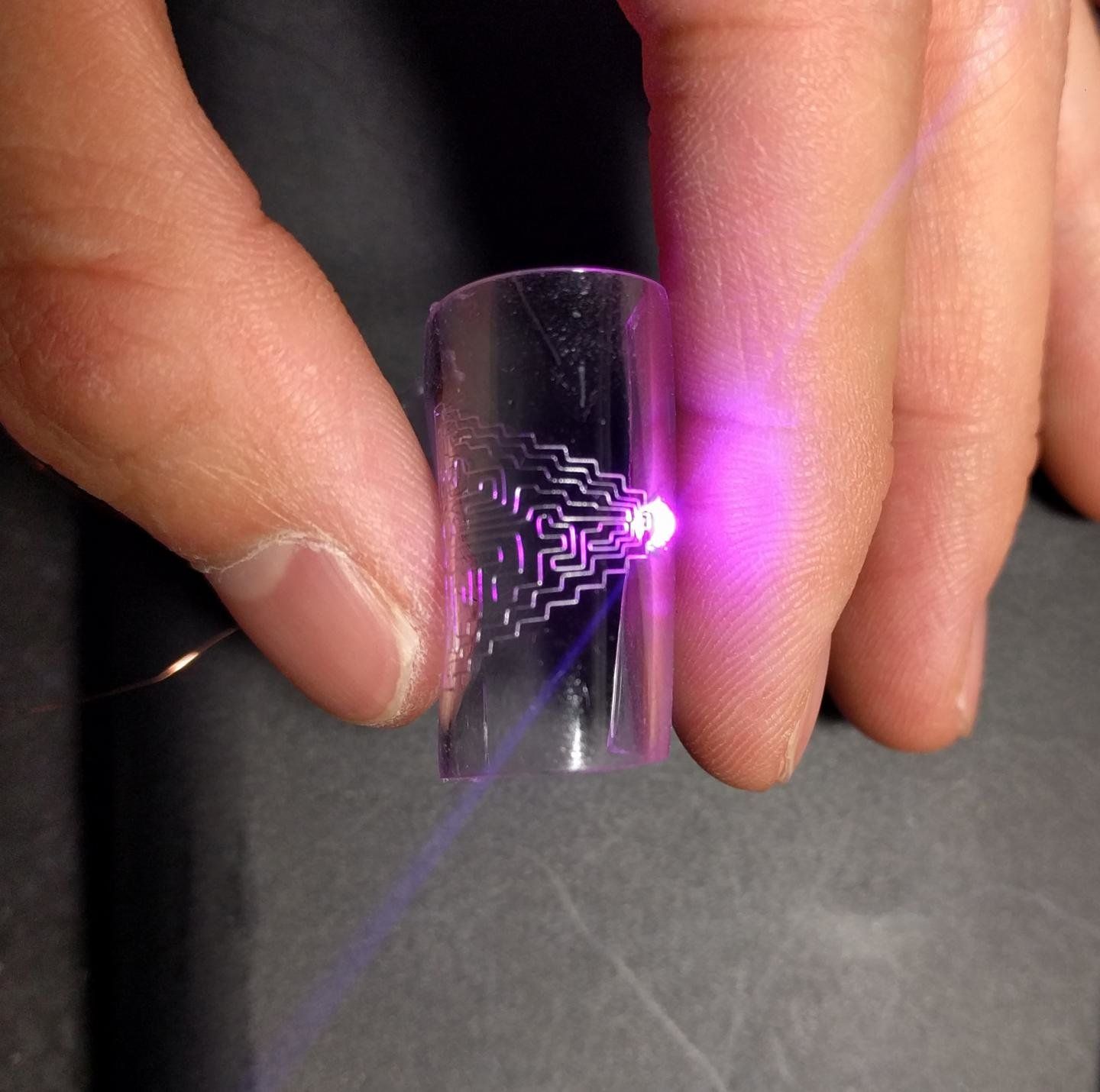(Via Rahkendra Ice / AAAS)
Get the latest international news and world events from around the world.
This company believes they can evolve the human race
Find out about it here: chdr.tv/youbiede0

Outlook 2018: The five most important federal contracts cases — By Daniel Seiden | Bloomberg
“The top five government contracts disputes that could be be decided this upcoming year concern:”

Recycled Rocket Ready to Fly from Vandenberg Air Force Base — By Janene Scully | Noozhawk
“SpaceX booster previously used for second Iridium Next mission will carry another 10 craft for the fourth flight”

Can we reverse the ageing process?
Good stuff from Aubrey. One person is a deathist, another is a maybe, the other is pro-life extension.
Turning back the clock and undoing the ravages of time. Something we’ve probably all wondered about — but could it become reality? Or are we all just wishing our lives away?
We may soon be able to stop or even undo the ageing process. By purging the body of so-called ‘retired cells’, scientists say we could look younger, live longer, and defeat disease. Is this science’s answer to the fabled fountain of youth?
At the Roundtable was Aubrey de Grey, Biomedical gerontologist and Chief Science Officer at Sens Research Foundation; Lara Marks, a visiting Research Associate at University College London and Historian of Medicine at King’s College London; Professor Ilaria Bellantuono, Stem cell biologist and Professor in musculoskeletal ageing at the University of Sheffield and journalist Salman Shaheen.
Roundtable is a discussion programme with an edge. Broadcast out of London and presented by David Foster, it’s about bringing people to the table, listening to every opinion, and analysing every point of view. From fierce debate to reflective thinking, Roundtable discussions offer a different perspective on the issues that matter to you. Watch it every weekday at 15:30 GMT on TRT World.
Subscribe: http://trt.world/subscribe
Livestream: http://trt.world/ytlive
Facebook: http://trt.world/facebook

Metal printing offers low-cost way to make flexible, stretchable electronics
Researchers from North Carolina State University have developed a new technique for directly printing metal circuits, creating flexible, stretchable electronics. The technique can use multiple metals and substrates and is compatible with existing manufacturing systems that employ direct printing technologies.
“Flexible electronics hold promise for use in many fields, but there are significant manufacturing costs involved — which poses a challenge in making them practical for commercial use,” says Jingyan Dong, corresponding author of a paper on the work and an associate professor in NC State’s Edward P. Fitts Department of Industrial & Systems Engineering.
“Our approach should reduce cost and offer an efficient means of producing circuits with high resolution, making them viable for integrating into commercial devices,” Dong says.

An investor’s guide to Artificial Intelligence
Artificial Intelligence has been pegged as one of the most important investment themes of our time. Artificial Intelligence is not new, however, it’s applications are not widely understood by many people. In this exclusive panel session Lachlan McGregor from Alphinity Investment Management sits down with Andrew Charlton from AlphaBeta and Niki Scevak from BlackBird Ventures to discuss the applications of artificial intelligence and some of the companies at the forefront of this technology.

Humans and robots can have babies, claims AI expert
The rise of AI (Artificial Intelligence) robots can be concerning for some people but that’s not stopping them for sure. In fact, there’s a chance that the AI robots will soon have ‘children’ with their owners. Yes, human-robot babies are very much possible, according to a leading artificial intelligence expert.
Dr David Levy, who is the author of Love and Sex with Robots claims that that humans and robots will soon make babies, given the ‘recent progress in stem cell research and artificial chromosomes.’
Though Dr Levy has not given a specific timeline for robot babies, he believes that it could happen within the next 100 years.